In-camp Resident Wildlife
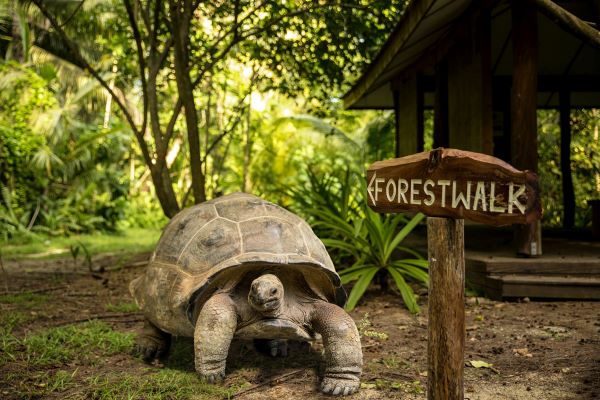
The best safari camps are those which have been designed in harmony with nature. Although wildlife drives are a fantastic way to experience the richness of African wildlife, there is something very special about relaxing in the comfort of the camp and seeing what wildlife comes to you, and it’s often a significant amount. Here is a selection of our favourite in-camp resident wildlife stories.
Ngoma Safari Lodge – Chobe National Park, Botswana
“While relaxing in the main lodge admiring the view, I noticed a furry tail hanging down from one of the wooden roof beams. On closer inspection, it had a tiny face and eyes. Eager to know more, I sought out the lodge manager who told me that they have a genet family living in their thatched roof.” – Emily
The genet family at Ngoma started as a pair and over the years they have had many kits (the name for a baby genet) and the thatched roof houses their growing family.
They know exactly when the staff are setting up snacks and often help themselves when no one is looking. They are so sneaky that the team at Ngoma Lodge has appointed someone to guard the snacks from genet blitz attacks, as otherwise nothing would be left for the guests.
Denis Island – Outer Islands, Seychelles
Toby is something of a celebrity on Denis Island and is the island’s oldest resident. He is an Aldabra giant tortoise, estimated to be around 126 years old. These wonderful tortoises are notoriously difficult to age, due to their very long lives, and the way they outlast their human families, often being passed from one generation to the next; details of their birth and lives are forgotten, lost in the mists of time.
Toby is a favourite with guests young and old, who can visit him and his extended family in the tortoise enclosure (an ideal habitat created specifically for reptiles). He’s not very fast-moving these days, even slower than a regular tortoise due to his age, but he loves it when guests rub his shell (tortoise shells are full of nerve endings) and his long, leathery neck.
Aldabra tortoises are deeply intertwined in Seychellois culture. An old tradition at the birth of a baby girl is for families to be given a baby giant tortoise. The two would grow up together until her wedding day when (sadly) the tortoise would be slaughtered for food. Luckily for Toby, this tradition is no longer practiced allowing him to reach the staggering age of 126.
Shompole Wilderness Camp – Rift Valley, Kenya
Grumpy Humpty Dumpty is a well-known resident at Shompole Wilderness. He is an old bull elephant who treats Shompole as his private holiday home, coming and going as he pleases, and takes great offence if anyone tries to discourage him from wandering through the middle of camp (hence the name). He is particularly fond of drinking the clean pool water and washing his muddy trunk in it too. He is easy to identify as he has no tusks left and a very cheeky glint in his eye. He occasionally brings elephant friends to the camp, but they are often too shy to come as close as he does. In fact, he is so unafraid that he comes right past the tents, disturbing teatime, and home-schooling lessons.
Roca River Camp – Masai Mara, Kenya
One afternoon, a tiny screeching ball of feathers hopped into camp. With no sight of its parents, this insistent little bird relentlessly demanded food with constant screams. Determined not to accept refusal, it seemed he must be fed immediately and as a result, the baby coucal was affectionately named “Crooks,” inspired by one of the unique sounds he regularly made. Sporting a slightly injured foot, possibly a birth defect or acquired in the nest, and a scraggly tail, his distinctive features helped the team recognise him as he matured.
Crooks became a demanding but entertaining companion, with his endless cries prompting the team to halt their activities and embark on grasshopper-hunting missions.
As he learnt to fly, Crooks grew comfortable in camp, effortlessly navigating the bushes around the mess tent, and a call was all it took to bring him down from the tree canopy. Gradually, Crooks embraced a wilder existence, his adult plumage enhancing his handsome appearance. He formed friendships with the Maasai staff, often frequenting the kitchen and staff housing and being demanding. He would go hunting daily, showing impressive speed as a skilled cricket, frog, or locust catcher, and once swallowed a whole snake. He revelled in our efforts to lift tent tarpaulins in search of crickets.
Over time, Crooks became less visible as he returned to the wild yet could still be identified by his distinctive foot and scraggly tail. The Mobile Expeditions team have great joy in knowing they have played a role in reintroducing this little fellow to the wild. Each morning, the melodious chorus of coucals assures them that Crooks has found his place among them.
Stanley and Livingstone Boutique Hotel – Victoria Falls, Zimbabwe
“This lovely hotel has an unobstructed view of the Victoria Falls Private Game Reserve, which offers plenty of wildlife spotting opportunities. You may see a giraffe munching on high branches in front of the reception area; from the comfort of your room through the huge windows you can watch mongoose stretch out in the heat of the day, in between playful bursts with their family members. Dinner is a spectacle, with the restaurant positioned next to the floodlit waterhole which is frequently visited by zebra, impala, and baboons. Whilst wandering through the dining room, I stumbled upon a dung beetle. These gentle giants are about the size of your palm and play a hugely important role in keeping the ecosystem healthy.
It’s impossible not to have a wonderful time on safari in Botswana. I was blessed to see so many incredible animals, but these unexpected in-camp wildlife encounters really did warm my heart and added to my overall safari experience.” – Emily
What Next?
Aardvark Safaris help plan every type of safari from family and beach holidays to riding and primate safaris. Do get in touch – chatting to people by phone or email is what we do best. We listen, we explain, we answer all sorts of questions even those you didn’t know to ask, and finally we make suggestions. If this is your first time to Africa or your twenty first, we have a team standing by to help make the planning easy and the journey the best ever. Please get in touch whatever stage you’re at.

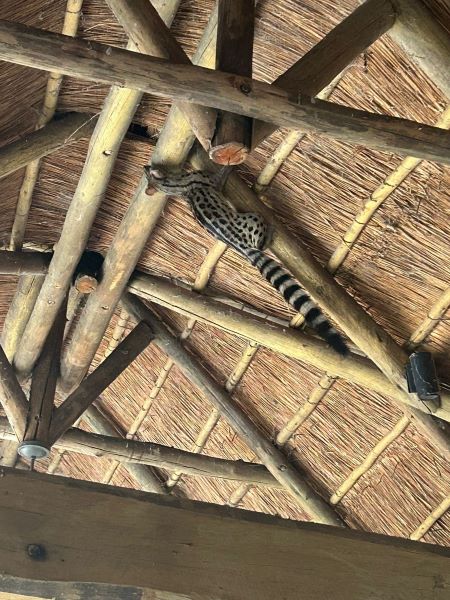
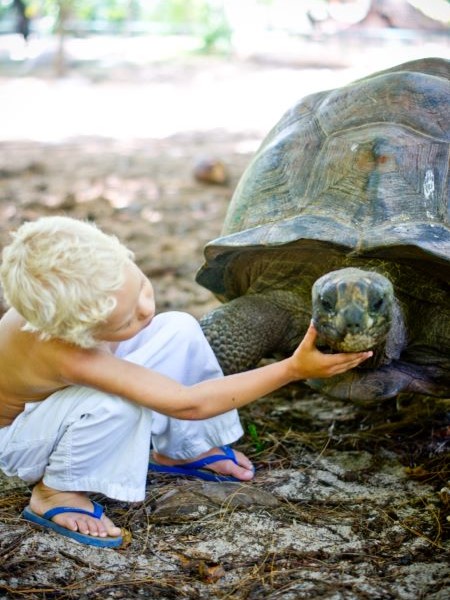
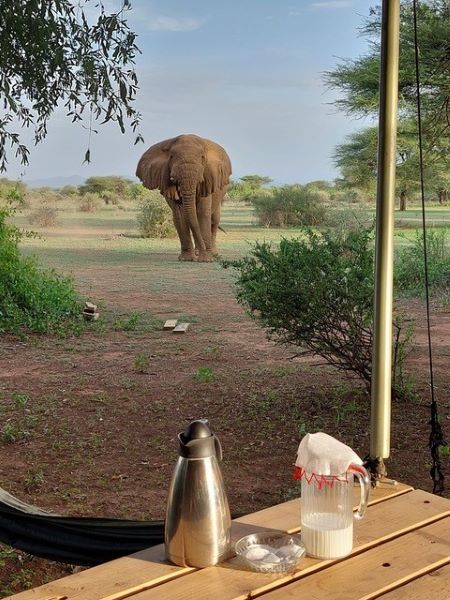
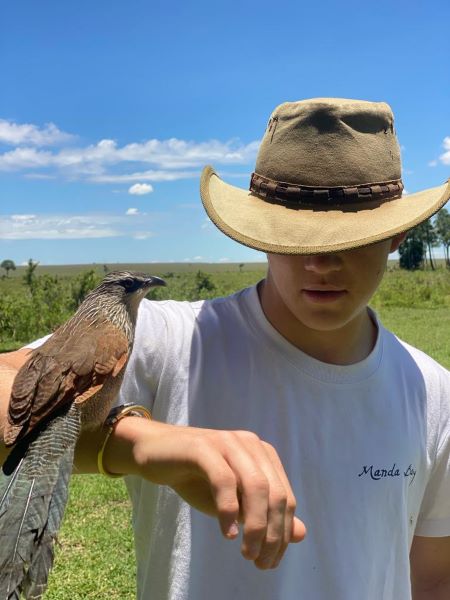
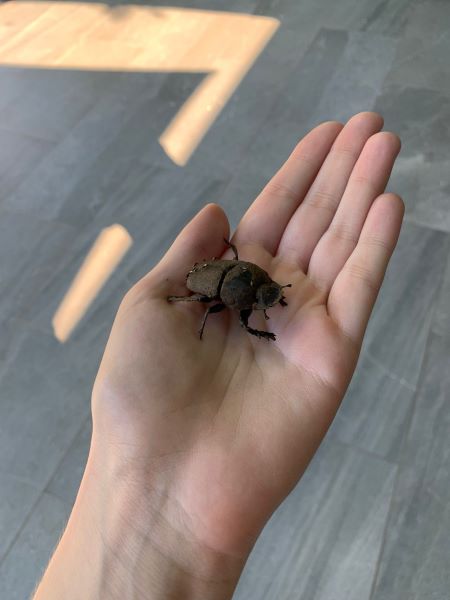
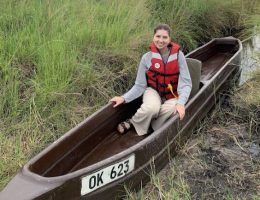
Lovely article and an excellent topic. I especially liked Crooks. Thanks.
Good evening Mike, I am delighted to hear you enjoyed our blog, there are so many stories to share that it was hard to choose. All the best, Katy